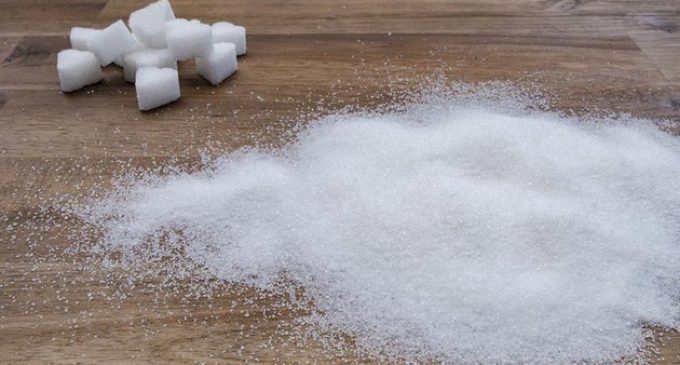Food Industry Progress to Cut Sugar in the UK Unveiled

Public Health England (PHE) has published the first assessment of progress on the government’s sugar reduction programme, measuring how far the food industry has gone towards reducing the sugar children consume through everyday foods. As part of the government’s plan to reduce childhood obesity, the food industry, including retailers, manufacturers, restaurants, cafés and pub chains, has been challenged to cut 20% of sugar from a range of products by 2020, with a 5% reduction in the first year.
Progress towards meeting the 5% ambition is the focus of this report and is assessed against a 2015 baseline. The assessment shows an encouraging initial start from retailers and manufacturers, achieving a 2% reduction in both average sugar content and calories in products likely to be consumed in one go.
Whilst this doesn’t meet the 5% ambition, PHE recognises there are more sugar reduction plans from the food industry in the pipeline – and some changes to products that are not yet captured in the data as they took effect after the first year cut-off point.
For the 8 food categories where progress has been measured, the assessment also shows:
- there have been reductions in sugar levels across 5 categories
- yoghurts and fromage frais, breakfast cereals, and sweet spreads and sauces have all met or exceeded the initial 5% sugar reduction ambition
- sugar levels are generally the same across all sectors, however for the eating out of home sector, portion sizes in products likely to be consumed in one go are substantially larger – on average more than double – those of retailers and manufacturers
Retailers and manufacturers have also reduced calories in products likely to be consumed in one go in 4 categories, for example by reducing the size of the product. Of these, ice cream, lollies and sorbets, and yoghurts and fromage frais have reduced average calories by more than 5%.
Due to limitations with the data, PHE is not yet able to report on the progress made in the cakes and morning goods categories for retailer and manufacturer’s products. It is also not possible to report on progress for the eating out of home sector alone as part of this assessment. Progress in these areas will be reported on next year.
As part of the programme, businesses are encouraged to focus efforts on their top selling products within 10 categories that contribute the most sugar to the diets of children up to 18 years of age. They have 3 options to help them do this – reduce sugar levels (reformulation), provide smaller portions, or encourage consumers to purchase lower or no sugar products.
Progress is also reported on the drinks covered by the government’s Soft Drinks Industry Levy (SDIL). Sugar has been reduced by 11% and average calories per portion by 6% by retailers and manufacturers in response to the SDIL. Data also shows people are buying more drinks that have sugar levels below the SDIL cut-off of 5g per 100g.
With a third of children leaving primary school overweight or obese, PHE continues to call for increased action from all sectors of the food industry to achieve the 20% reduction ambition by 2020.
Steve Brine, Public Health Minister, says: “We lead the world in having the most stringent sugar reformulation targets and it is encouraging to see that some progress has been made in the first year. However, we do not underestimate the scale of the challenge we face. We are monitoring progress closely and have not ruled out taking further action.”
Duncan Selbie, Chief Executive at PHE, says: “We have seen some of the food industry make good progress, and they should be commended for this. We also know that further progress is in the pipeline. However, tackling the obesity crisis needs the whole food industry to step up, in particular, those businesses that have as yet taken little or no action.”
PHE has also published new guidelines for the drinks industry to reduce the amount of sugar children consume through juice and milk based drinks. The drinks categories join the other 10 categories in PHE’s sugar reduction programme. Juice and milk based drinks are currently excluded from the government’s SDIL, but the exemption of milk based drinks will be reviewed by Treasury in 2020.
By mid-2021, the drinks industry is encouraged to:
- reduce sugar in juice based drinks (excluding single juice) by 5%
- cap all juice based drinks (including blended juices, smoothies and single juices) likely to be consumed in one go to 150 calories
- reduce sugar in milk (and milk substitutes) based drinks by 20% and cap products likely to be consumed in one go to 300 calories
Fruit juice alone accounts for around 10% of the sugar consumed each day by 4 to 18 year olds. Current advice is that only one 150ml portion counts as 1 of our 5 a day.
The next progress report on the sugar reduction programme is due in spring 2019.

































